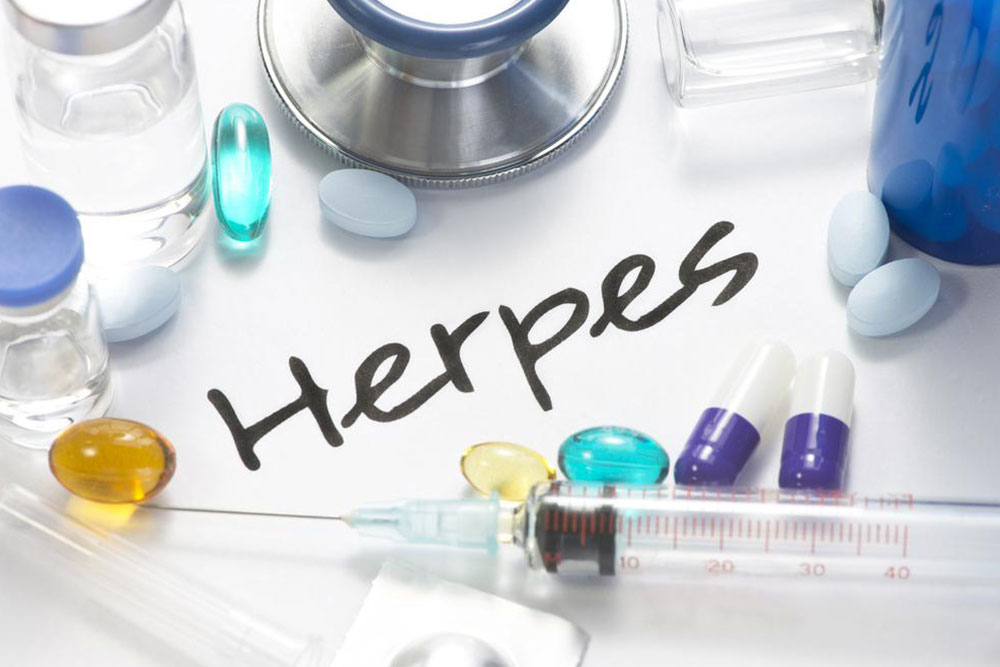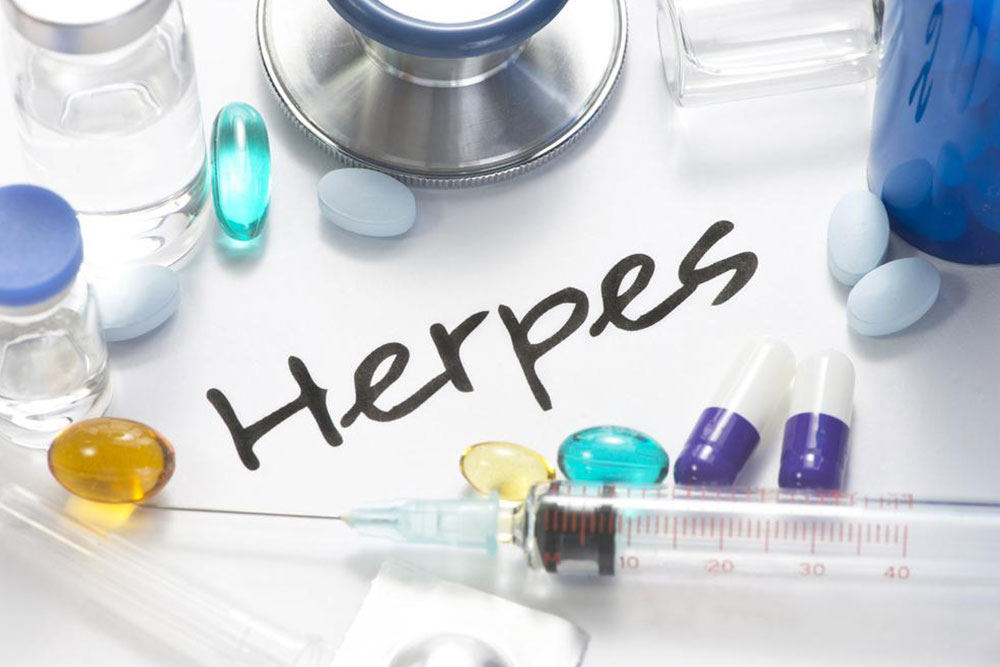Comprehensive Guide to Herpes: Symptoms, Types, and Treatment Strategies
Herpes is a widespread viral infection caused by HSV, affecting both oral and genital areas. This comprehensive guide explores its types, symptoms, transmission methods, diagnosis, treatment options, and ways to prevent spread. Understanding herpes helps in effective management and reduces stigma. Despite no cure, current antiviral therapies and lifestyle adjustments enable individuals to live healthy lives. Early diagnosis and prevention strategies are crucial. Stay informed to protect yourself and your loved ones from this persistent viral infection.

Herpes is a widespread viral infection caused by the Herpes Simplex Virus (HSV), affecting millions of people worldwide. This virus is known for its ability to establish lifelong infection in the host, periodically causing outbreaks of painful sores and blisters. Understanding herpes, its symptoms, transmission modes, and available treatment options is crucial for managing the condition effectively and reducing its spread. In this comprehensive guide, we will explore everything you need to know about herpes, including its different types, how it manifests in the body, ways to prevent transmission, and current treatment strategies.
What Is Herpes?
Herpes is caused by the Herpes Simplex Virus, which is part of the larger herpesvirus family. There are two primary types of HSV that infect humans: Herpes Simplex Virus Type 1 (HSV-1) and Herpes Simplex Virus Type 2 (HSV-2). These two viruses have distinct patterns of infection, although they can sometimes overlap.
Types of Herpes and Their Manifestations
Oral Herpes (HSV-1)
Oral herpes, also known as cold sores or fever blisters, predominantly results from HSV-1 infection. It commonly appears on the lips, around the mouth, and occasionally inside the mouth or on the face. The initial outbreak may be accompanied by pain, burning, or tingling sensations, and can be triggered by factors such as stress, illness, or sun exposure. These sores tend to crust over and heal naturally within a few weeks, but the virus remains dormant in nerve cells and can reactivate periodically.
Genital Herpes (HSV-2)
Genital herpes primarily results from HSV-2 infection, transmitted mainly through sexual contact. It causes painful sores and blisters around the genitals, anus, or buttocks. Like oral herpes, genital herpes can cause recurrent outbreaks, especially during periods of stress, illness, or immune suppression. HSV-2 is often more persistent and recurrent compared to oral herpes, and its outbreaks can be more severe.
Transmission and Risk Factors
Herpes is highly contagious, especially during active outbreaks when sores are visible. The virus can spread through direct skin-to-skin contact, oral-genital contact, or even via infected bodily fluids. It's important to note that herpes can sometimes be transmitted even when no sores are present, due to asymptomatic shedding of the virus.
Key risk factors include unprotected sexual activity, multiple sexual partners, and a weakened immune system. Individuals with open sores or cuts around the mouth or genitals are at increased risk of transmission.
Symptoms and Diagnosis
Many individuals with herpes experience mild symptoms or remain asymptomatic, which makes diagnosis challenging. When symptoms do appear, common signs include:
Painful sores or blisters on the mouth, lips, genitals, or surrounding areas
Itching, burning, or tingling sensations before the sores emerge
Fever and general malaise during initial outbreaks
Pain during urination (especially in genital herpes)
Swollen lymph nodes
Diagnosis involves physical examination and laboratory testing, such as PCR (polymerase chain reaction) tests, viral cultures, or blood tests that detect herpes antibodies. Early diagnosis is important for effective management.
Management and Treatment Options
While there is currently no cure for herpes, several antiviral medications can help manage outbreaks, reduce symptoms, and lower transmission risk. Common treatments include:
Antiviral creams and ointments (e.g., acyclovir, penciclovir)
Oral antiviral drugs (e.g., acyclovir, valacyclovir, famciclovir)
Suppression therapy for frequent outbreaks
In addition to medication, lifestyle changes can help reduce outbreak frequency and severity. These include stress management, proper skin care, avoiding triggers, and practicing safe sex. Using barrier protection methods during sexual activity is vital, especially during active outbreaks.
Preventing Herpes Transmission
Preventative measures are crucial for controlling the spread of herpes. These include:
Consistent use of barrier protection (condoms, dental dams)
Avoiding sexual contact during active outbreaks
Open communication with partners about herpes status
If diagnosed, taking antiviral suppressive therapy to reduce transmission risk
Regular hand hygiene and avoiding touching sores
Living with Herpes: Support and Coping Strategies
Living with herpes can be challenging emotionally, but understanding the condition and following appropriate medical advice can help maintain a healthy, normal life. Support groups and counseling can be beneficial for managing emotional stress and combating stigma. Education about the disease and open discussion with partners foster understanding and reduce anxiety.
Summary
Herpes remains a common viral infection with no permanent cure but manageable symptoms through medical treatment and lifestyle adjustments. Recognizing symptoms early, practicing safe sex, and adhering to treatment regimens are key to controlling the spread and impact of the virus. Continuous research and advancements hold promise for more effective therapies in the future. If you suspect herpes or have concerns about your health, consult a healthcare professional for personalized advice and testing.





